To sum it all up, don’t set the bar too high for the camera, and try not to overthink other aspects of the experience.
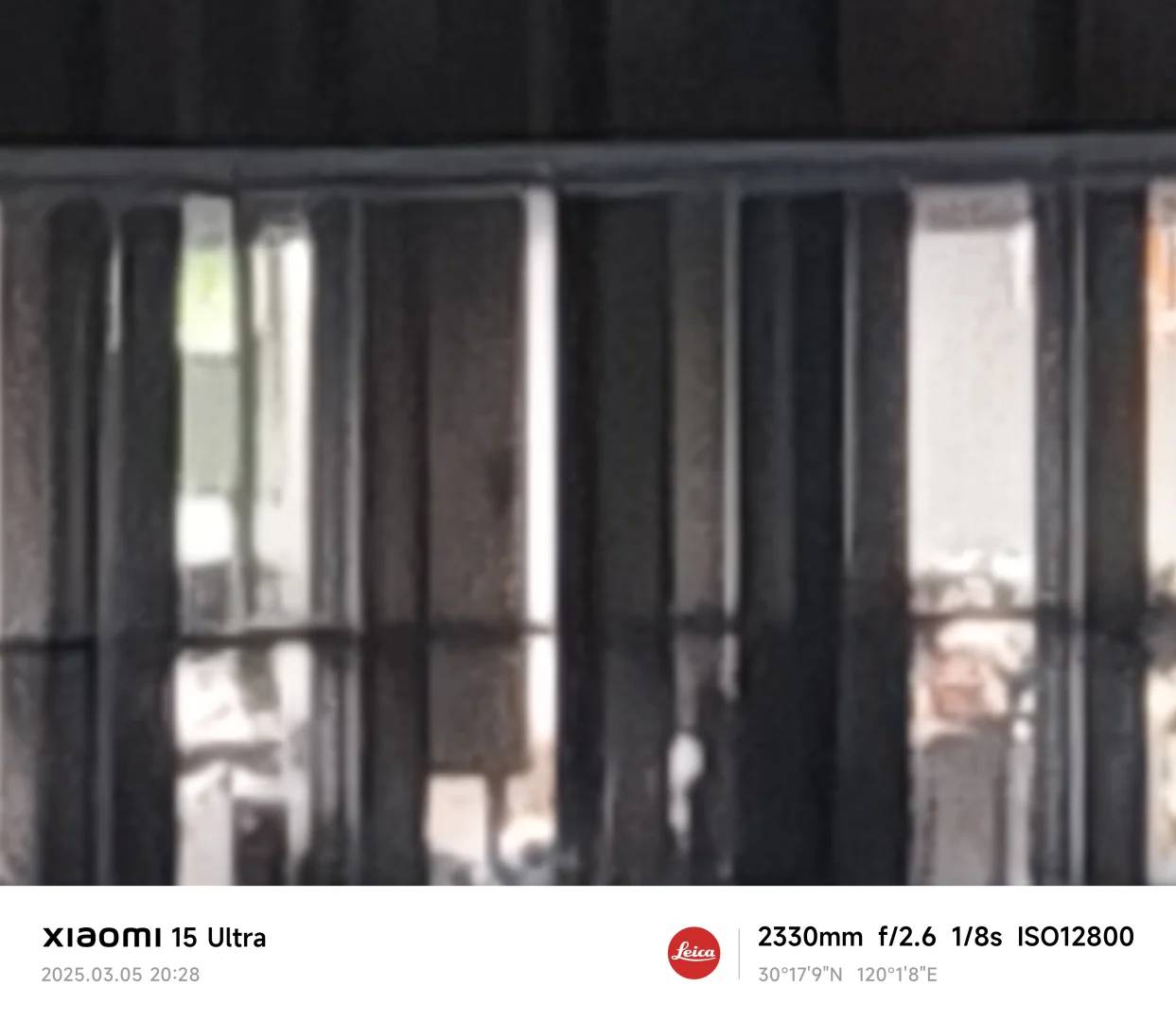
[Disappointed] The build quality has faced criticism right from the start. While the exterior design is visually striking, unique, and eye-catching, holding it in your hand can leave you feeling underwhelmed—it just doesn’t exude premiumness. Sure, lightweight construction is a boon for portability, but it also gives the phone a plasticky feel.
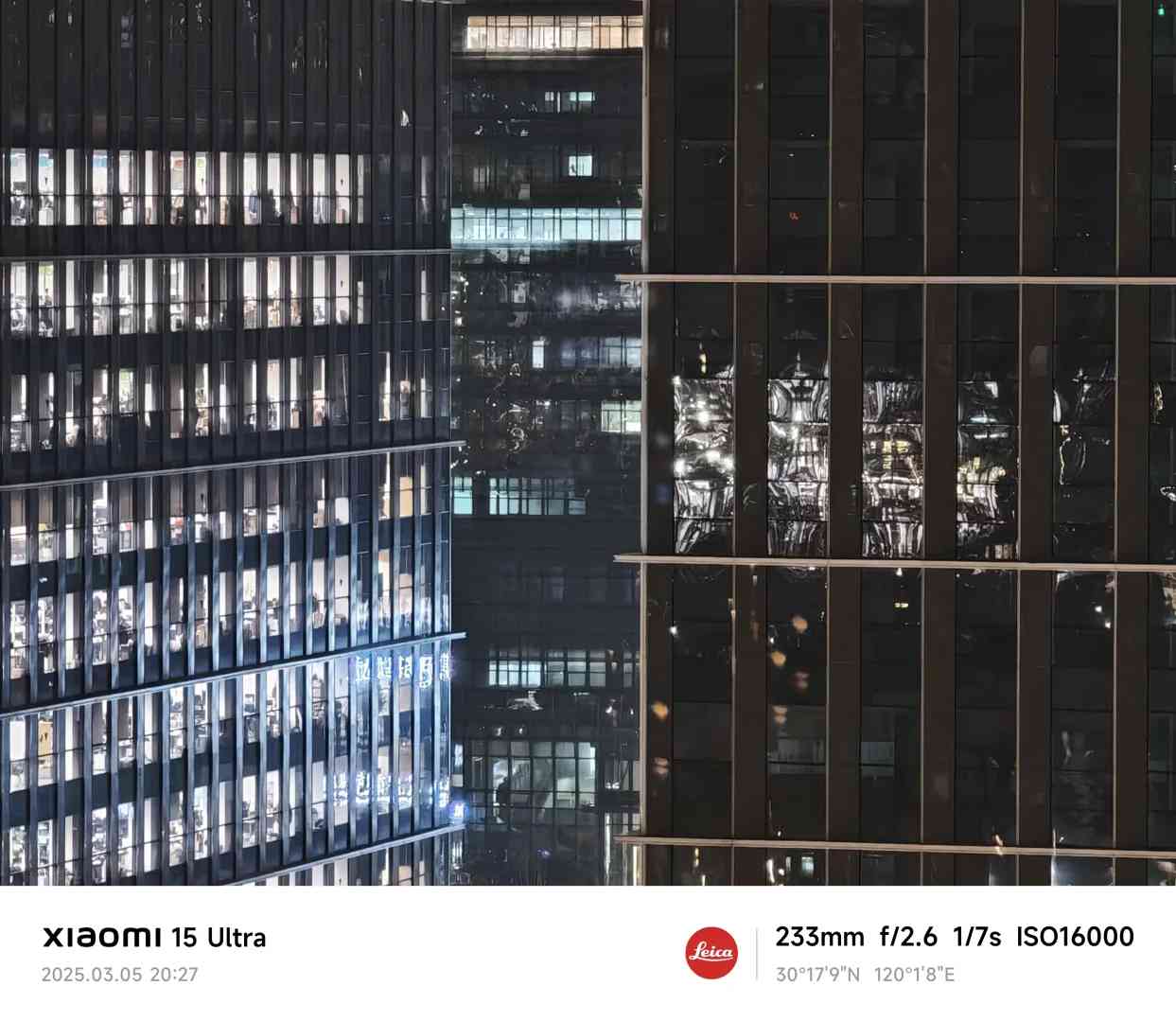
And there’s another potential issue: the screen bezels might not be perfectly aligned. If this bothers you, consider getting it replaced—it’s an easy fix.
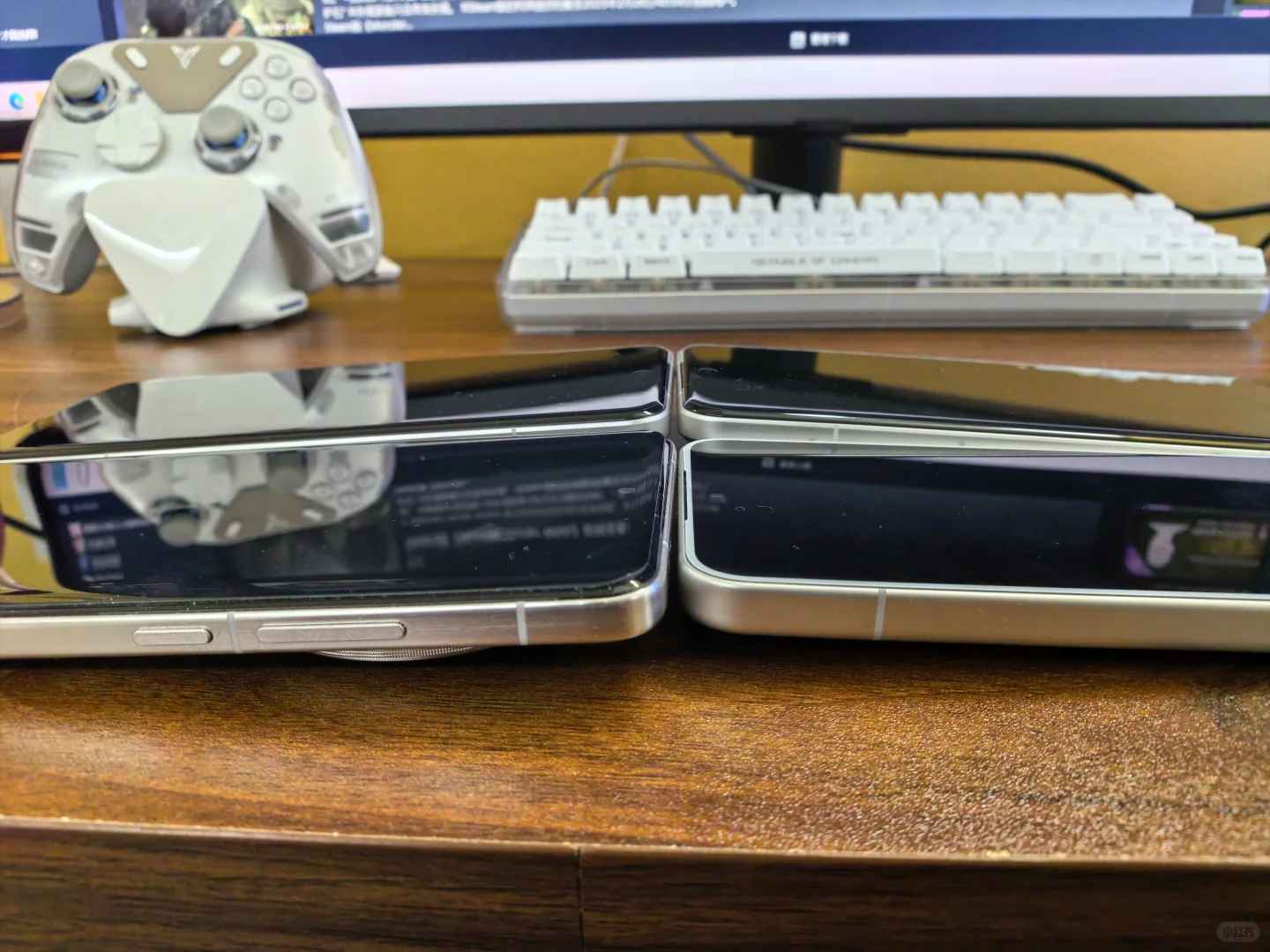
The leather-backed version has its own quirks. Pressing down on the curved areas of the back panel can cause deformation. If that concerns you, opt for the non-leather variant, which feels sturdier and more solid.

[Laughing and Crying] Getting used to the phone’s overall feel takes some time, especially because of the pronounced camera bump. Place four phones side by side on a table, and you’ll notice how much higher the Xiaomi 15 Ultra sits compared to the rest—it’s unmistakable.

[Looking] The screen isn’t top-of-the-line and comes with a bit of unpredictability. Marketing heavily emphasizes the camera, overshadowing the screen’s performance. Some tech reviewers have tested the specs and confirmed they aren’t at the cutting edge. In real-world use, the viewing angles are subpar, with noticeable color shifts and uneven display when viewed from different angles. (I ended up with two TCL screens, but if you got the Samsung variant, I’d love to hear about your experience!)
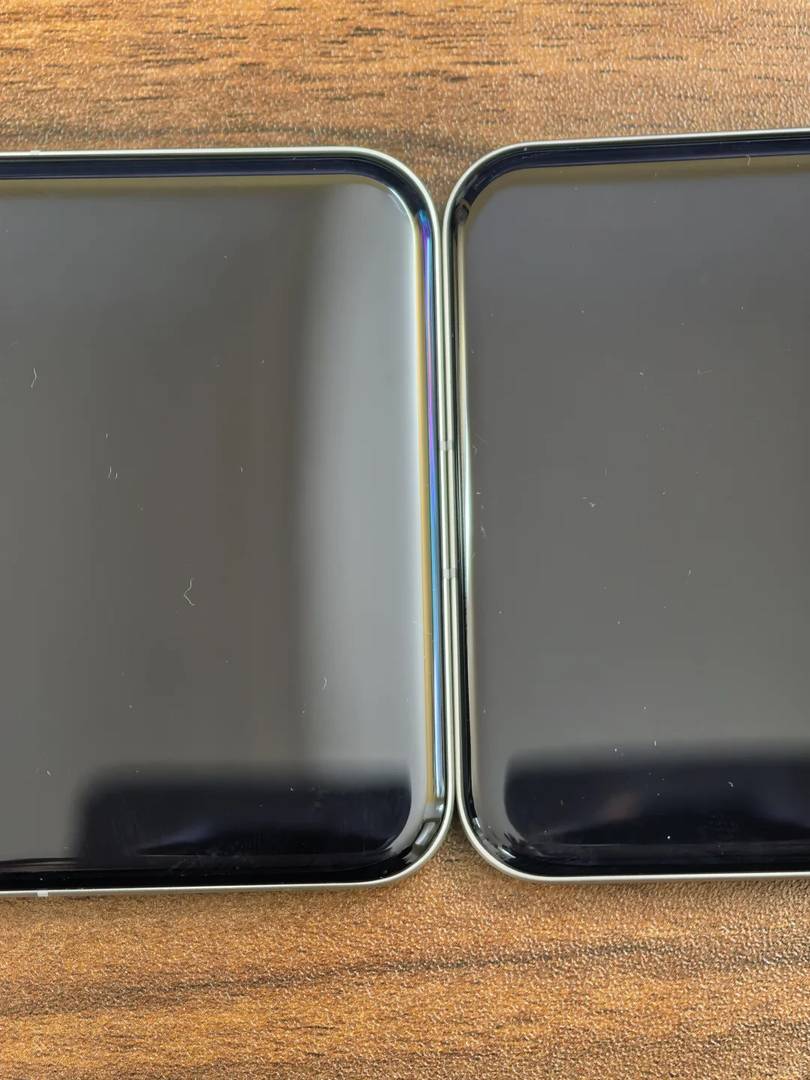
[Scornful] Camera performance is undeniably the weakest link here. While the new UI offers slight improvements, the logic behind automatic lens switching ruins the telephoto experience. This stems from the fact that the HP9 sensor on the Xiaomi 15 Ultra doesn’t support macro photography, so the periscope telephoto is pressed into service as a substitute.
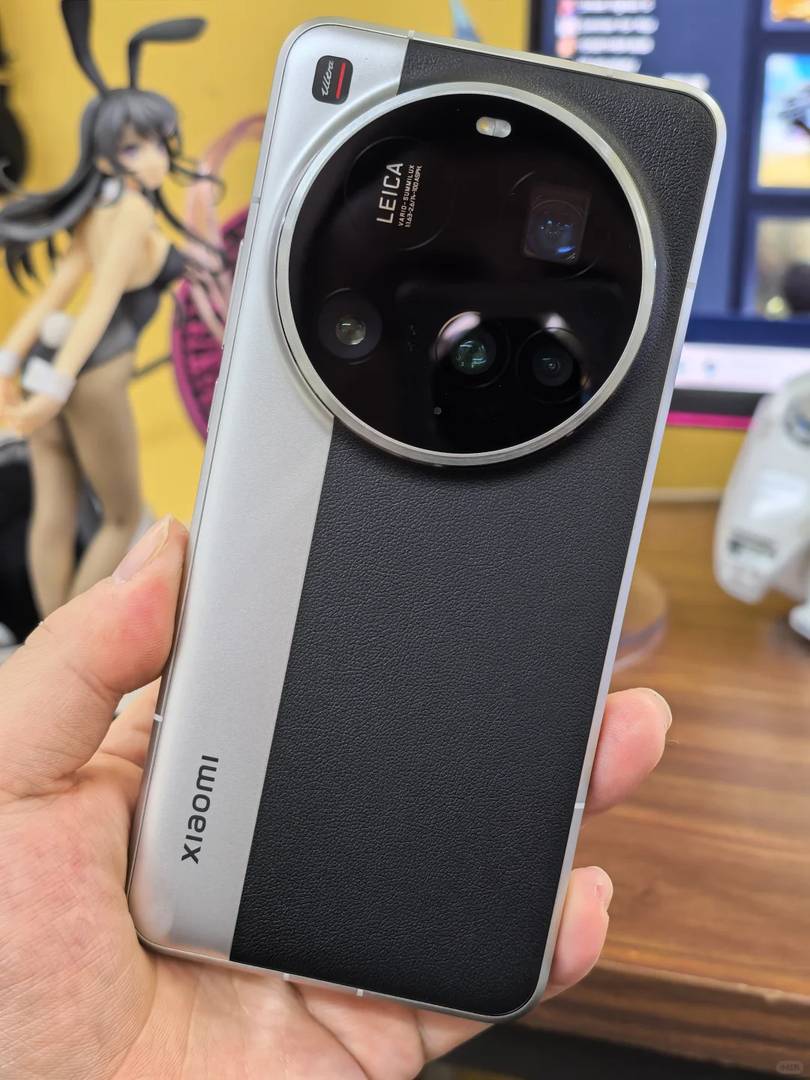
In well-lit conditions, the difference may not be glaring, but in low-light scenarios, the periscope macro falls short compared to competitors like the neighboring HP9, which does support macro.

The forced-switching logic also leaves room for refinement. For instance, in scenes where both foreground and background elements are distinct, if the actual subject lies within the focusing range of the HP9, but the system mistakenly detects the foreground distance, it forces a switch to the periscope telephoto. This results in noticeably worse bokeh effects. The only workaround? Switching to professional mode.
[Selfie] The algorithm driving the telephoto HP9 still needs work. Given that this might be the first time Xiaomi is using the HP9, it understandably lags behind competitors like the neighboring HP9 or even Huawei’s AI ultra-telephoto optimizations. Areas such as focusing speed, accuracy, image clarity, and ultra-telephoto algorithms need further polish.
On other fronts, though, the phone delivers a satisfying experience. The system runs smoothly and reliably, with no bugs encountered so far. Its fluidity rivals that of leading brands. Although signal quality isn’t at the very top tier, it now supports all major bands—a significant advantage for frequent international travelers. (For example, while the Xiaomi 15 struggles with Japanese SIM cards, the 15U handles them effortlessly.)
[Surprisingly Disappointing][Surprisingly Disappointing][Surprisingly Disappointing] By the way, there’s a little-known issue worth pointing out: the APN settings have now been removed from the SIM card configuration. This change has left users of CMlink cards unable to set up their access points—a truly frustrating experience for many who rely on this functionality.